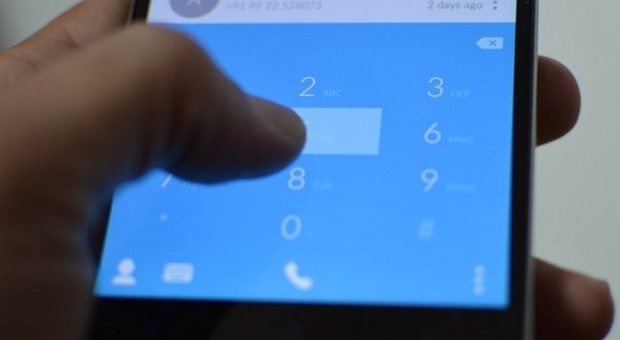Mobile Call Drops Increase Significantly to Nearly 25% in Q2’15: TRAI

‘Calls drop’ is not an alien term in India where one frequently faces call drops due to poor connectivity. In fact, call drops are one of the few issues faced by the telecom users in India but play a big role in customer satisfaction. Major telecom subscribers are already frustrated with the current call drop situation in India with poor promises being made to the customers.
According to a report from TRAI, independent regulator of the telecommunications business in India, released a report stating the situation of frequent call drops, which have increased to 24.59% for those on 2G services and to 16.13% for those on 3G services. The data encompasses the April to June quarters and TRAI has released a variety of performance indicators for all mobile operators.
The report also showed the increase in call drop rates from the previous quarter. in the first quarter of 2015, the call drop rates on 2G were 12.50% showing a staggering 100% increase in the second quarter. on 3G, the call drop rates grew a little from 15.96% in the first quarter in 2015. According to the regulations, an operator cannot have more than 2% call drop rate and more than 3% for the worst affected cells. At least in Delhi-NCR the situation is not so bad considering there are many cellphone towers around, however the major issue seems to be the service of 3G and 4G services.
Operators with the maximum call drops rates
First and foremost, even if we ignore the worst affected cells, on 2G operators like Aircel have extremely high call drop rates in Haryana at 6.37%. BSNL also breaches the threshold of 2% in North-East and Bihar and continues to rise from the previous quarter.
Taking worst affected cells into consideration, the situation is far worse. In 14 states on the country, Aircel shows higher than the mandated 3% call drop rate with certain states in North-East seeing upto 16.78% call drop rates. Himachal Pradesh and Orissa follow North-East with call drop rates around 11.5%. BSNL on the other hand, shows call drop rate of a whopping 19% in Punjab and slightly lower than 10% in Bihar, North-East and West Bengal.
TATA CDMA and TATA GSM have similar stories with majority of the states having high call drop rates of greater than 6%. Call drops on 3G show similar trend with these operators showing maximum contribution to the worsening situation.
The current telecom subscriber base stands at 1,007 Million which is a 1.05% increase from last quarter’s base of 959 Million. The private subscribers make up about 90% of the market share, and continue to show more wireless connections activated every quarter.
From personal experience, I have faced plethora of call drops and every time I called up the customer service, I would get an optimistic reply from the folks. All the promises are for nothing and no improvement is seen even though TRAI has enforced strict regulations on the telecom operators.
We could see stronger revenues from the subscribers, however the worsening situation makes me believe otherwise. TRAI needs to make sure operators are working towards improving the situation and adhering to the norms laid out by TRAI. I have not seen many initiatives from TRAI to better the situation in India, however such reports released publicly are a ridicule to the operators and a reminder to improve their services in India.
You can read the full report here available on TRAI’s website.
